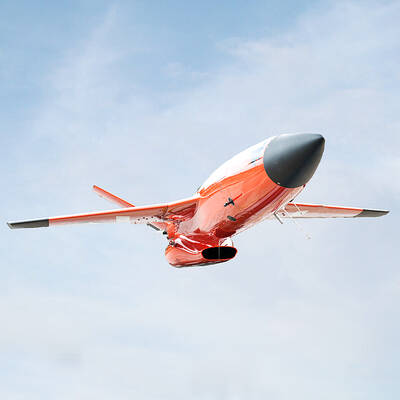Taiwan’s chip sector is vital to help the US maintain a technology edge over China, US Secretary of State Antony Blinken told a hearing of the US Senate Foreign Relations Committee in Washington on Tuesday.
Senators quizzed Blinken about whether the US would help Taiwan if it were attacked by China, especially given the nation’s importance in the global semiconductor industry.
Blinken said that the US has a significant advantage over China in its ability to produce high-end semiconductors and there are a few countries, including Taiwan, that are critical components of that ability.

Photo: Reuters
The US is taking significant steps with Taiwan, Japan and the Netherlands, among others, to make sure “the highest-end semiconductors are not transferred to China, or China does not get the technology to manufacture them,” he said.
“Taiwan is integral to that,” he added.
The question from US Senator Robert Menendez, who said he was asked on a recent trip to Taiwan, Australia and Japan whether the US could meet the demands of its strategic competition with China without a clear economic and trade agenda in the region.
If China were to control Taiwan, which produces 90 percent of all high-end semiconductors, “the world would be in a world of hurt,” Menendez said.
Given those circumstances, if the US did not help Taiwan in the event of a Chinese attack, it would send a message to other countries that if Washington “didn’t do it for Taiwan, they’re not going to do it for us,” he said.
US Senator Jim Risch urged Blinken to do more to help Taiwan.
“We started too late in providing security assistance to Ukraine,” Risch said. “We cannot make the same mistake with Taiwan. Supporting an island during the war is much more difficult. Our assistance must be there beforehand.”
Blinken said that the US is determined that Taiwan would have “all necessary means to defend itself against any potential aggression, including unilateral action by China to disrupt the status quo” that has been in place for many decades.
In addition to arms sales to Taiwan, the US has expedited third-party transfers to support an indigenous defense capability and is focused on helping Taiwan as it improves its asymmetric capabilities, he said.

The US government has signed defense cooperation agreements with Japan and the Philippines to boost the deterrence capabilities of countries in the first island chain, a report by the National Security Bureau (NSB) showed. The main countries on the first island chain include the two nations and Taiwan. The bureau is to present the report at a meeting of the legislature’s Foreign Affairs and National Defense Committee tomorrow. The US military has deployed Typhon missile systems to Japan’s Yamaguchi Prefecture and Zambales province in the Philippines during their joint military exercises. It has also installed NMESIS anti-ship systems in Japan’s Okinawa

‘WIN-WIN’: The Philippines, and central and eastern European countries are important potential drone cooperation partners, Minister of Foreign Affairs Lin Chia-lung said Minister of Foreign Affairs Lin Chia-lung (林佳龍) in an interview published yesterday confirmed that there are joint ventures between Taiwan and Poland in the drone industry. Lin made the remark in an exclusive interview with the Chinese-language Liberty Times (the Taipei Times’ sister paper). The government-backed Taiwan Excellence Drone International Business Opportunities Alliance and the Polish Chamber of Unmanned Systems on Wednesday last week signed a memorandum of understanding in Poland to develop a “non-China” supply chain for drones and work together on key technologies. Asked if Taiwan prioritized Poland among central and eastern European countries in drone collaboration, Lin

The Chien Feng IV (勁蜂, Mighty Hornet) loitering munition is on track to enter flight tests next month in connection with potential adoption by Taiwanese and US armed forces, a government source said yesterday. The kamikaze drone, which boasts a range of 1,000km, debuted at the Taipei Aerospace and Defense Technology Exhibition in September, the official said on condition of anonymity. The Chungshan Institute of Science and Technology and US-based Kratos Defense jointly developed the platform by leveraging the engine and airframe of the latter’s MQM-178 Firejet target drone, they said. The uncrewed aerial vehicle is designed to utilize an artificial intelligence computer

Renewed border fighting between Thailand and Cambodia showed no signs of abating yesterday, leaving hundreds of thousands of displaced people in both countries living in strained conditions as more flooded into temporary shelters. Reporters on the Thai side of the border heard sounds of outgoing, indirect fire yesterday. About 400,000 people have been evacuated from affected areas in Thailand and about 700 schools closed while fighting was ongoing in four border provinces, said Thai Rear Admiral Surasant Kongsiri, a spokesman for the military. Cambodia evacuated more than 127,000 villagers and closed hundreds of schools, the Thai Ministry of Defense said. Thailand’s military announced that